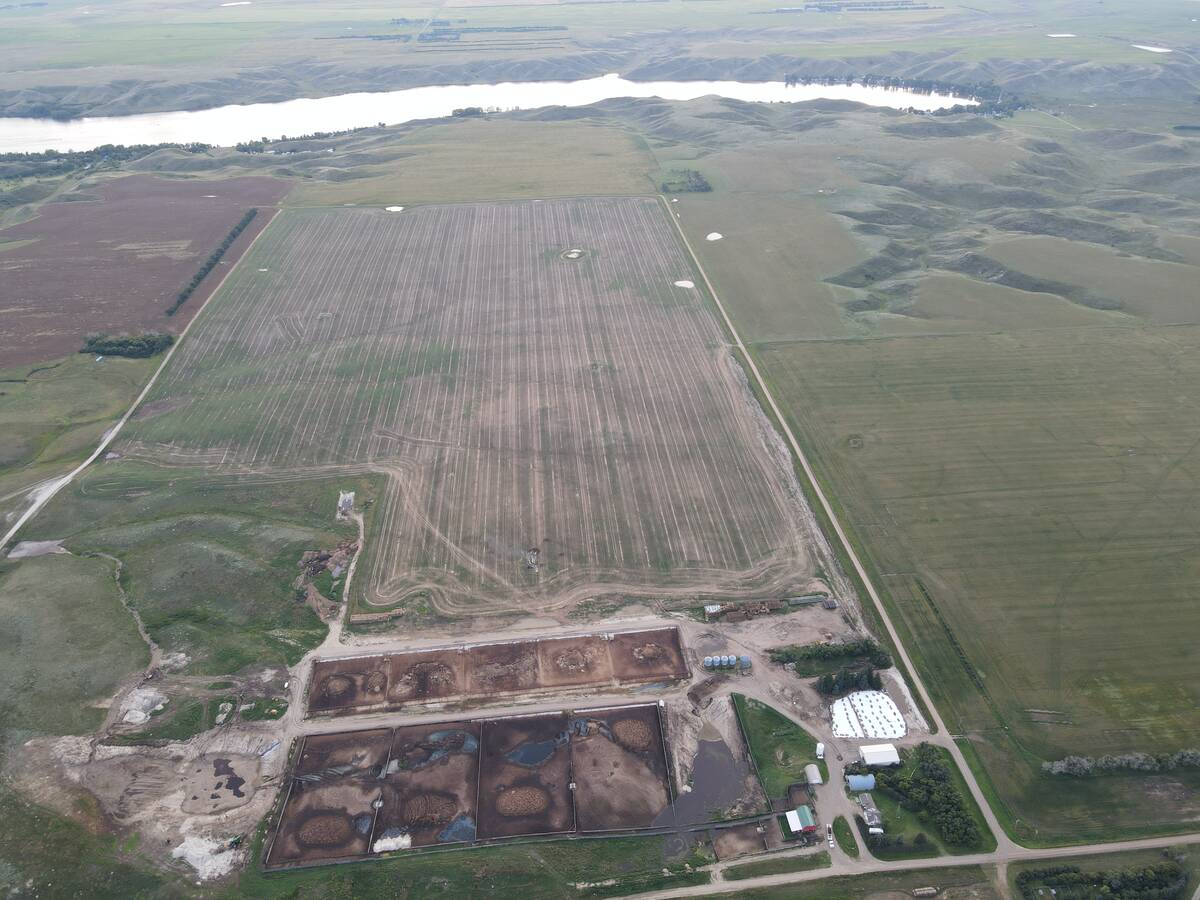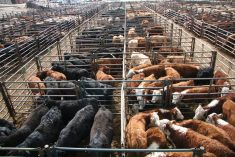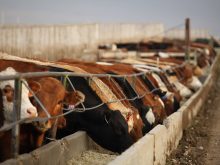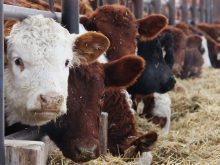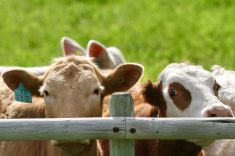REGINA — A Saskatchewan rural municipality has denied a permit to Monette Farms for a 2,000-head feedlot south of Swift Current.
The RM of Lac Pelletier held a public meeting in July and a special council meeting in August before announcing its decision later that month.
In a public notice, the RM said it could not approve a discretionary use permit for Monette Farms Ltd. under the Planning and Development Act. It also said the minimum separation distance from a residence had not been met under the municipalities zoning bylaw.
Read Also

Canadian Food Inspection Agency extends chronic wasting disease control program consultation deadline
Date extended for consultation period of changes to CWD program
“The RM did listen,” said Dan Kane from the Friends of Lac Pelletier, who organized a letter campaign against the project.
He said people are not anti-beef but believed the proposed feedlot should not be so close to the lake. Kane said the site is about 1.6 kilometres and uphill from the water. It would have been well within the 1,200-metre separation distance identified in RM bylaws.
The public meeting heard the RM approved a discretionary use permit in 2022 to winter 1,000 cattle on the site. Two years later the province approved an application to establish an intensive livestock operation.
The agriculture ministry informed the RM about the application in early 2024. Monette was informed a permit from the RM was required but didn’t apply until this past May.
Reeve Murray Spetz told the meeting the province approves waste management and storage plans but maintained the RM was in charge of land use whenever council had questions.
All of this was taking place without public knowledge, as information from the province about the ILO could not be released, Spetz said.
Correspondence between the RM and the province indicated the RM’s concerns about how close the operation would be to homes and the lake and what that would mean for runoff and manure spreading.
“It was very frustrating,” Spetz said about the government’s inability to answer questions because RMs govern land use.
He said these types of applications should start at the first level of government and move their way up.
The public meeting was part of the permitting process.
Darrel Monette told the meeting that Monette Farms employs 420 people, including 44 in the RM, and that he lives on the lake.
“I’m an open book,” he said, but some said they believed he should have made his plans known sooner.
He said the feedlot had 1,000 head for many years and he wanted to improve it. He said it wouldn’t be a finishing feedlot but a breeding area.
“This is where we bring our calves in for backgrounding and we breed them to grow our herd in other areas of North America,” he said.
Monette said the feedlot he acquired in 2019 “had 1,000 head for many, many years” and would use less than 10,000 gallons per minute from a well year-round.
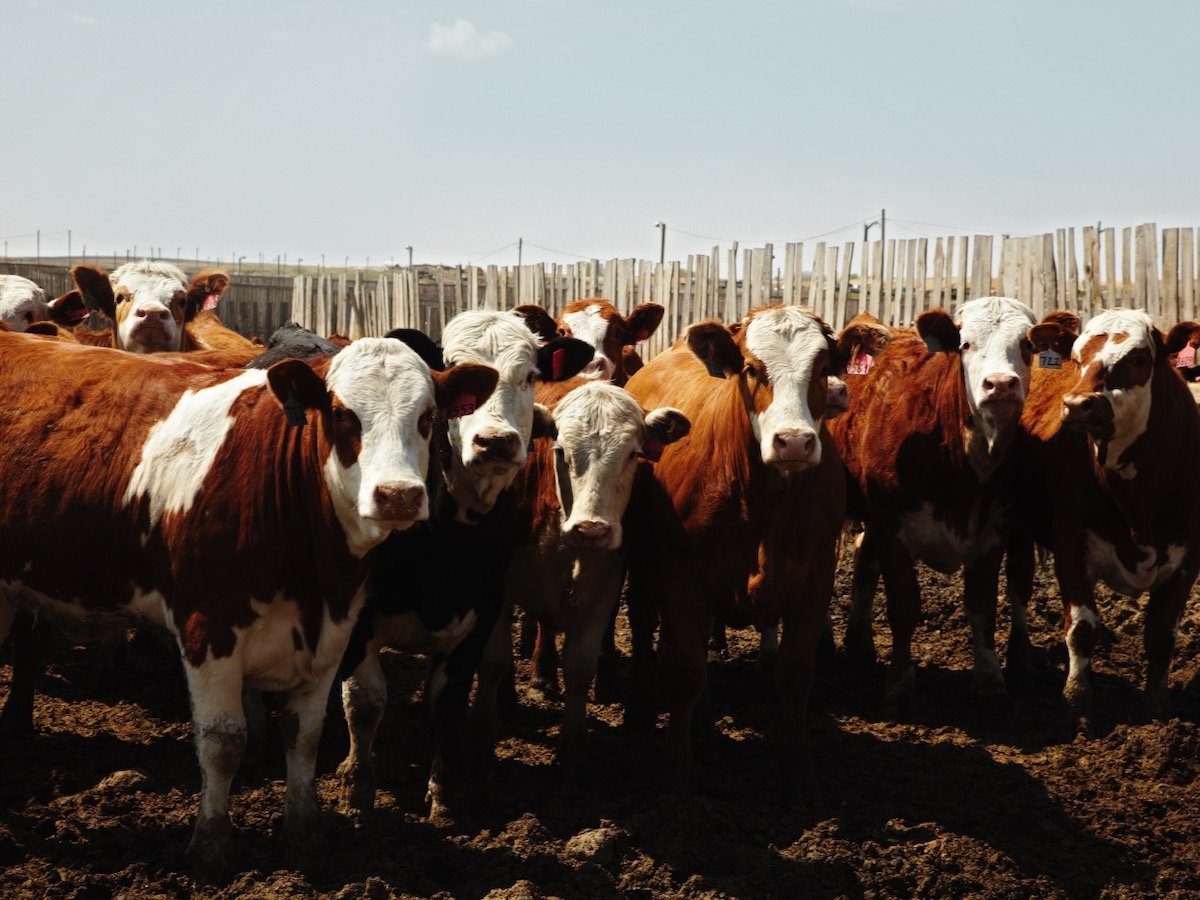
A third party consultant, David Trach, also spoke about how runoff would be collected, deadstock handled and plans for storm water collection.
The meeting heard the property had never had a permit previously. One is required if livestock confinement space per animal unit is less than 4,000 sq. feet, or 370 square metres.
Odour is not part of licensing but is included in the nuisance provisions of the Agricultural Operations Act.
Trach characterized the odour as “part of the Saskatchewan experience.”
But people at the meeting disagreed.
“I want to retire here in a couple of years, but I don’t want to live in Brooks, and neither does anyone else,” said Raymonde-Legault-Smith to applause.
“I’m afraid that if the odour is bad at Lac Pelletier, nobody is going to want to invest here. That makes my property unsellable.”
Jacqueline Ryan Froslie was frustrated there wasn’t more information before the meeting.
“People imagine things when they don’t know all the facts, and people care very deeply about this park and their residents,” she said.
She urged Monette to consider his community if there is even the slightest chance of contamination.
“You have a great deal of land. You could locate this somewhere else and not cause this havoc within the RM,” she said.
Long-time veterinarian Ted Dupmeier said he had worked with the previous owners of the site, who used it more as a staging area. He said there is not enough room for the proposed number of animals, and the site has a downslope that would make it “inhumane” when there is snow or ice.
He also said the pens aren’t big enough, and bunk space is too small for replacement heifers, which eat a lot more fibre than regular feedlot animals.
“Monettes try to do good things, and this will be a disaster,” said Dupmeier.
The nearest neighbour said they are already seeing more traffic, dust and odour, as well as garbage on their property. They are raising cattle and farming and have a young family but have never been consulted.
“There was zero consideration for us whatsoever,” he said.
“We were there first; maybe it doesn’t mean anything. We know how all of your operations grow, and it could be that (2,000) and then in a couple years it’ll be four and then eight and then 12 (thousand head).”
Residents will continue to keep an eye on the fish population, odour, dust and other concerns, added Kane.
Environment and Climate Change Canada is investigating an Aug. 7 complaint that the operation violated the Fisheries Act.


